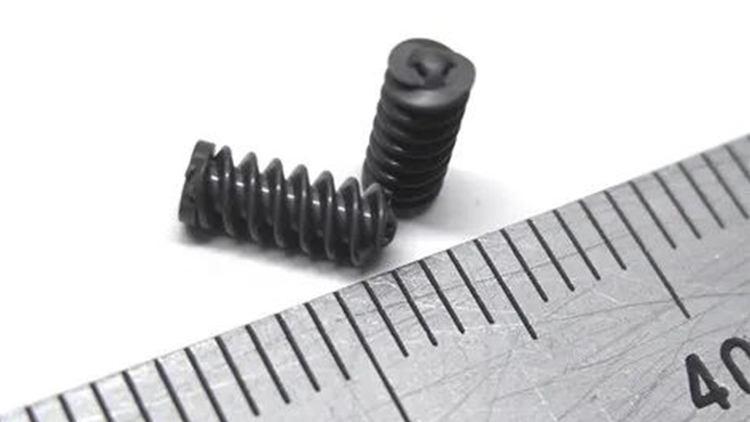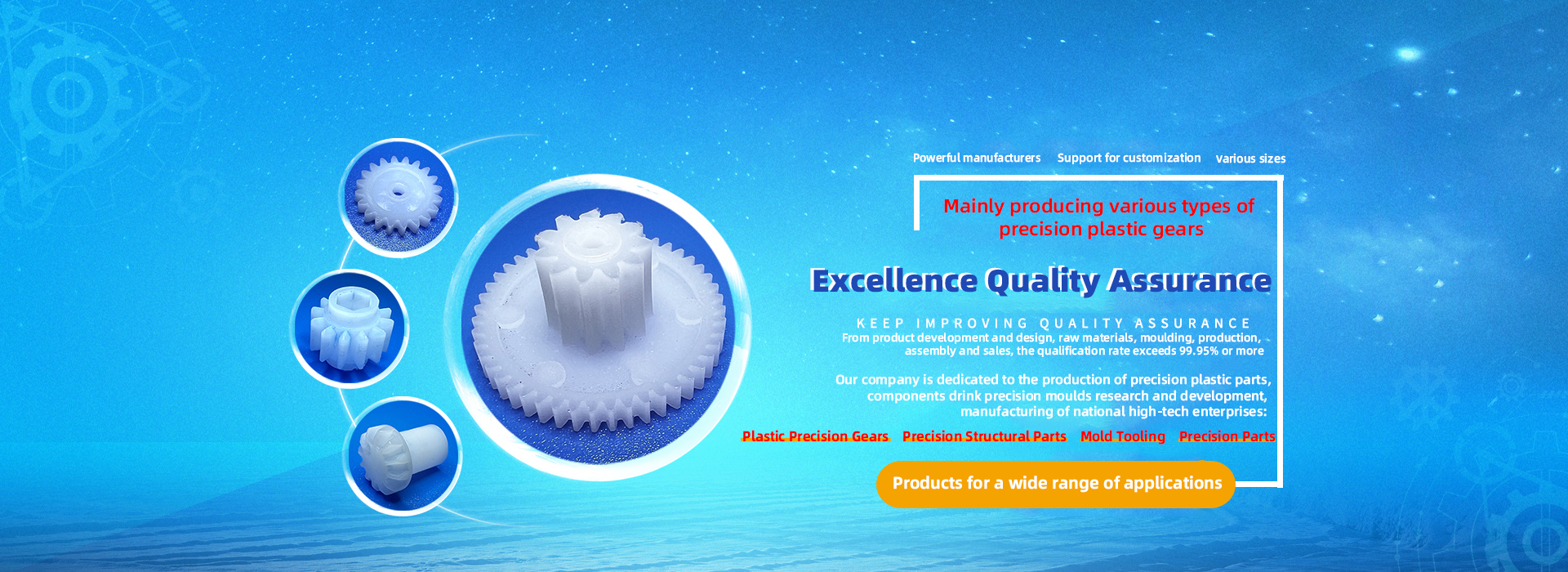Questions about how to identify the accuracy of gears?
1,Gear accuracy is mainly to control the accuracy of the transmission between gears when they are in operation.
For example: the smoothness of the transmission, the fluctuation of the instantaneous speed, if there is alternating reverse operation, whether the tooth side clearance is at a minimum, if there is an impact load, the accuracy should be slightly improved so as to reduce the damage brought to the gear by the impact load.
2,If the above design requirements are high, the gear accuracy should be set a little higher, and vice versa.
3,However, gears set too high accuracy, will rise processing costs, need to be a comprehensive balance.
4,your parameters above basically belong to the more commonly used gear, its accuracy can be set: 7FL, or 7-6-6GM accuracy labeled explanation.
(1) 7FL: The accuracy of the three tolerance groups of the gear is the same as class 7, the upper deviation of the tooth thickness is class F and the lower deviation of the tooth thickness is class L.
(2) 7-6-6GM: The first set of tolerance bands of the gear is accurate to class 7, the second set of tolerance bands of the gear is accurate to class 6, the third set of tolerance bands of the gear is accurate to class 6, the upper deviation of the tooth thickness is class G and the lower deviation of the tooth thickness is class M.
5,There is no calculation formula for gear accuracy, because there is no need to calculate it, it is obtained by checking the manual.
6,The determination of the accuracy level is the result of the engineer's comprehensive analysis, the transmission requirements of precision, or high load, alternating load ...... will set the accuracy level higher.
7,The accuracy levels are 5, 6, 7, 8, 9 and 10, with the smaller the value the higher the accuracy.
8,(tooth thickness) deviation grade is also the designer comprehensive specific working conditions to give the grade, precision drive to give a little higher, general machinery to give a little lower, closed drive to give a little higher, open drive to give a little lower.
9,The (tooth thickness) deviation classes are C, D, E, F, G, H, J, K, L, M, N, P, R and S. The C class has the largest clearance and the S class has the smallest.
10,The higher the accuracy level or deviation level, the higher the processing cost.















